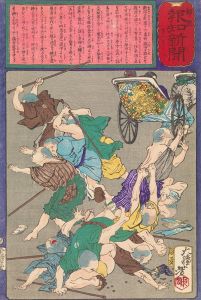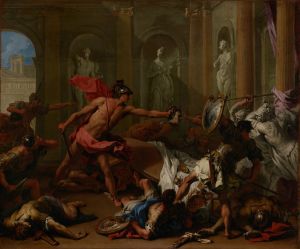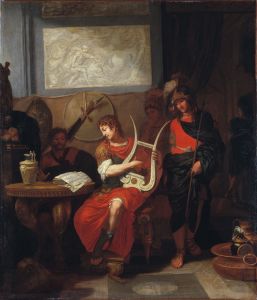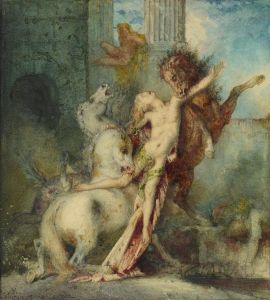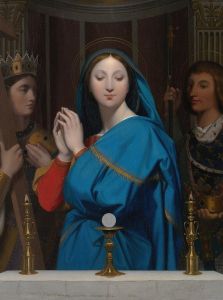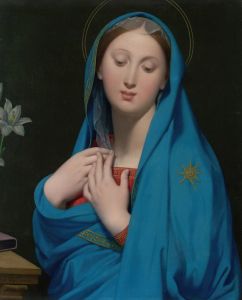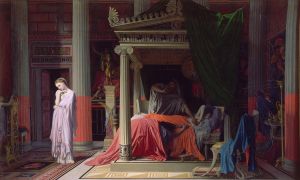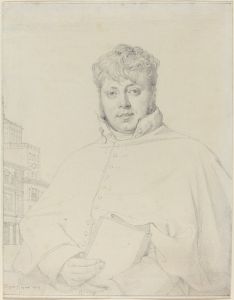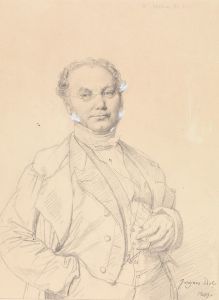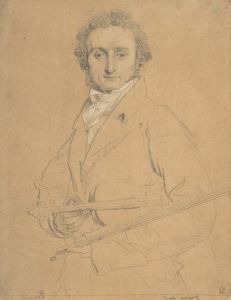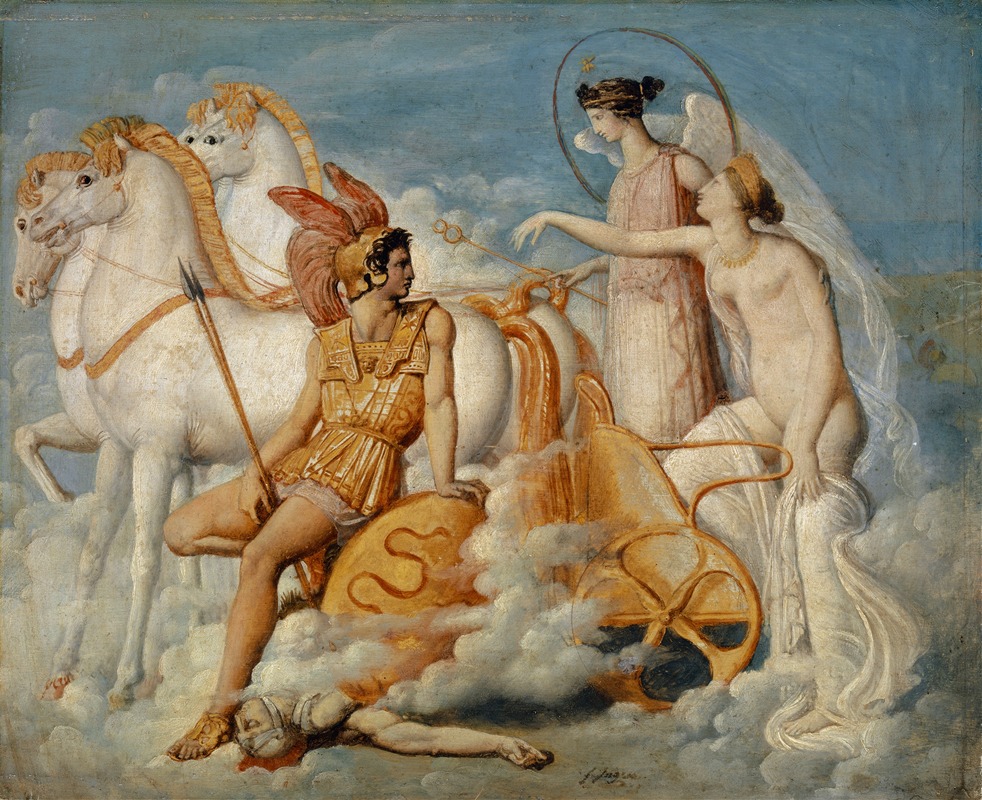
Venus, Injured By Diomedes, Returns To Olympus
A hand-painted replica of Jean Auguste Dominique Ingres’s masterpiece Venus, Injured By Diomedes, Returns To Olympus, meticulously crafted by professional artists to capture the true essence of the original. Each piece is created with museum-quality canvas and rare mineral pigments, carefully painted by experienced artists with delicate brushstrokes and rich, layered colors to perfectly recreate the texture of the original artwork. Unlike machine-printed reproductions, this hand-painted version brings the painting to life, infused with the artist’s emotions and skill in every stroke. Whether for personal collection or home decoration, it instantly elevates the artistic atmosphere of any space.
Jean Auguste Dominique Ingres, a prominent French Neoclassical painter, is renowned for his meticulous attention to detail and his dedication to classical themes. One of his works, "Venus, Injured by Diomedes, Returns to Olympus," exemplifies his commitment to classical mythology and his skill in portraying the human form.
Ingres was born in 1780 in Montauban, France, and he became a leading figure in the Neoclassical movement, which sought to revive the classical art and culture of ancient Greece and Rome. His education at the École des Beaux-Arts in Paris and his tutelage under Jacques-Louis David, a master of Neoclassicism, greatly influenced his artistic style. Ingres's works often reflect his admiration for the precision and idealism of classical art.
"Venus, Injured by Diomedes, Returns to Olympus" is a painting that draws inspiration from ancient Greek mythology. The story depicted in the painting is derived from Homer's "Iliad," where Venus (Aphrodite in Greek mythology) is wounded by the Greek hero Diomedes during the Trojan War. In the myth, Venus is assisting her son Aeneas on the battlefield when Diomedes, empowered by Athena, attacks her. Injured, Venus flees the battlefield and returns to Olympus, the home of the gods, to seek refuge and healing.
Ingres's interpretation of this mythological event captures the drama and emotion of the moment. His portrayal of Venus emphasizes her divine beauty and vulnerability, a common theme in his depictions of female figures. The painting likely showcases Ingres's characteristic use of smooth lines and precise forms, highlighting his technical skill and his ability to convey the grace and elegance of the human body.
While specific details about the composition and current location of "Venus, Injured by Diomedes, Returns to Olympus" are not widely documented, Ingres's body of work is well-regarded for its adherence to classical ideals and its influence on later artists. Ingres's paintings often feature a harmonious blend of mythological themes and a refined aesthetic, reflecting his belief in the timelessness of classical art.
Ingres's legacy as a master of Neoclassicism is evident in his influence on subsequent generations of artists. His dedication to classical themes and his technical prowess have earned him a lasting place in the history of art. Through works like "Venus, Injured by Diomedes, Returns to Olympus," Ingres continues to be celebrated for his ability to bring ancient myths to life with a sense of beauty and reverence that resonates with audiences even today.
In conclusion, Jean Auguste Dominique Ingres's "Venus, Injured by Diomedes, Returns to Olympus" is a testament to his skill as a painter and his deep appreciation for classical mythology. Although specific details about this particular painting are limited, Ingres's broader oeuvre remains a significant contribution to the Neoclassical movement and the artistic exploration of mythological subjects.





